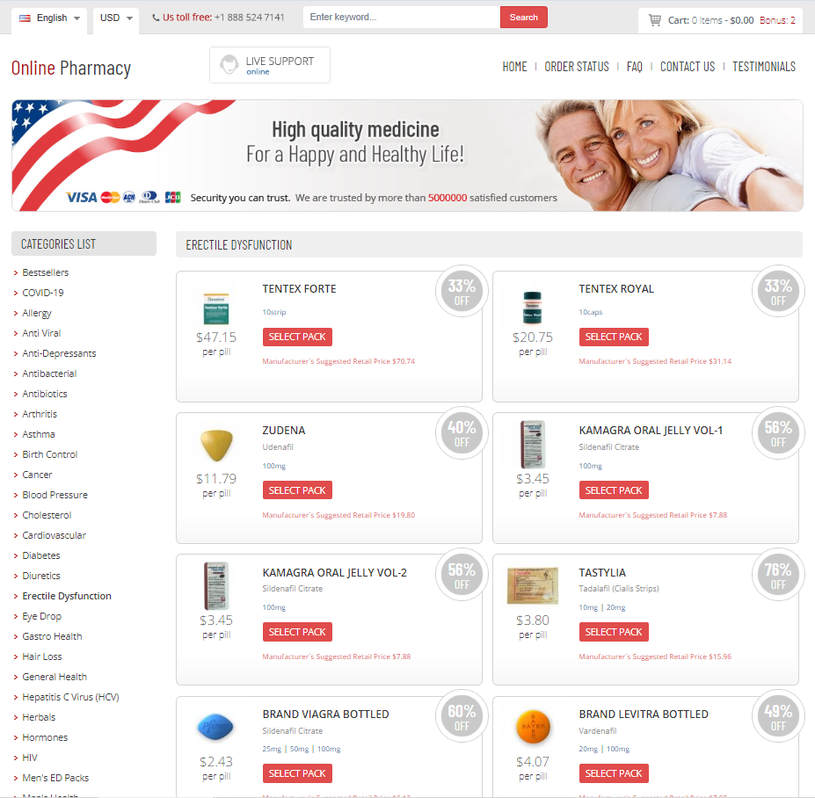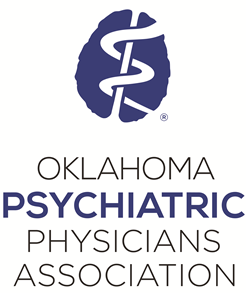To Online Keflex No Prescription Visit Our Pharmacy ↓

Effective Against Respiratory Tract Infections.
Keflex is widely used for its effectiveness against bacterial infections, yet it's vital to be aware of the drug's impact on kidney function. In rare cases, Keflex can cause more serious side effects such as severe allergic reactions and liver problems. Additionally, Keflex has a good track record when it comes to treating respiratory tract infections, skin and soft tissue infections, and urinary tract infections. For instance, Keflex typically requires multiple doses per day, while a Z-Pack (azithromycin) offers a less frequent dosing regimen which might be more convenient. It's essential to consult your healthcare provider if you experience any concerning side effects or reactions to ensure appropriate management and potential dosage adjustments. Adhering to the prescribed dosage and duration is essential in preventing the development of antibiotic resistance. Also, be aware that kids with a history of allergies may be more susceptible to side effects from this medication.
Effectiveness for Common Infections: Comparing Keflex and Amoxicillin in Treating Specific Conditions
Skin rashes and itching may also occur with Keflex use, although they are less common. It is a trusted medication for children who have bacterial infections, providing them with relief and helping them recover quickly. For those who develop an allergic reaction to Keflex, the onset can be rapid, with symptoms appearing within minutes to hours after ingestion. While Keflex is generally well-tolerated, parents should remain vigilant for any unusual reactions in their children. In the realm of medications, myths and misconceptions often abound, and Keflex is no exception. Keflex, known generically as cephalexin, is a commonly prescribed antibiotic falling within the cephalosporin class, used to treat a variety of bacterial infections. Specifically, Keflex binds to penicillin-binding protein (PBP) receptors found in the bacterial cell wall.
The Mechanics of Keflex
However, like any medication, Keflex also has its limitations. For instance, a common dosage is 25 to 50 mg per kilogram of body weight, divided into multiple doses throughout the day. Understanding the proper dosage of Keflex is crucial for achieving successful treatment outcomes. It is usually taken orally, and the dosage and duration of treatment can vary depending on the specific infection being treated. This medication comes in various forms, including tablets, capsules, and suspension, to accommodate different patient needs and preferences. In rare cases, patients may develop an allergic reaction, manifesting as rash, hives, or difficulty breathing. Many believe allergic reactions are always immediate, but delayed reactions are possible, highlighting the complexity of medication interactions.
Dosage Recommendations for Respiratory Tract Infections
and DEA., which show potential for combating infections in new ways. Lastly, consulting with a healthcare professional is essential to determine the appropriate antibiotic based on individual factors such as age, overall health, and any pre-existing conditions. Depending on the severity of the infection and individual patient factors, healthcare providers may prescribe different dosages of Keflex to ensure effective treatment. Understanding these mechanisms of action is essential in comparing the effectiveness of Keflex and Amoxicillin in fighting infections. Additionally, the effectiveness of the antibiotic may be reduced when it is taken alongside bacteriostatic antibiotics. However, it is important to note that everyone's response to medication is unique, and some individuals may experience more severe side effects or allergic reactions. By doing so, it ultimately weakens the cell wall, making bacteria unable to maintain their form.
When to Seek Medical Help Immediately
However, in rare cases, allergic reactions can occur, requiring immediate medical attention. Keflex is a brand name for the antibiotic cephalexin, a medication belonging to the class of first-generation cephalosporins. When undergoing a course of treatment with Keflex for a urinary tract infection, it is vital to adhere to the full prescribed duration. It is important to note that Keflex is not effective against viral infections such as the common cold or flu. It is important for individuals to be aware of these potential side effects and consult their healthcare provider if they occur. Considering the cost and availability of Keflex is crucial to ensure that patients have access to an effective antibiotic treatment at an affordable price point. In more severe infections such as cellulitis, an infection of the skin and the fat layers beneath it, Keflex has been a cornerstone in treatment, particularly when patients are allergic to penicillin or when methicillin-resistant Staphylococcus aureus (MRSA) is not suspected.
Safety Concerns and Precautions to Follow
Additionally, patients can also explore generic antibiotic alternatives to potentially reduce their expenses. To manage these side effects, it is neccessary to closely monitor your symptoms and consult your healthcare provider for guidance. It's important to complete the entire course of Keflex even if symptoms improve before the medication is finished to ensure that the infection is fully eradicated and to reduce the risk of developing antibiotic resistance. The night took a dramatic turn when she began to feel dizzy and nauseous, eventually fainting. If any of these symptoms occur, it is crucial to seek medical attention promptly. Once ingested, Keflex, or cephalexin, is absorbed through the gastrointestinal tract and reaches peak plasma concentration within an hour. Liquid forms of cephalexin must be measured with a proper dosing syringe or medicine cup to ensure accuracy.
Kefir's Acne-reducing and Skin-clearing Abilities
Being aware of these potential adverse effects and promptly seeking medical advice can help mitigate the risks associated with keflex use. Healthcare professionals often regard Keflex (cephalexin) as a reliable choice when it comes to treating a wide range of bacterial infections. It is advisable to avoid foods that are spicy, fatty, or heavily processed, as these can exacerbate gastrointestinal discomfort. In pediatric patients, effective against various infections including those affecting the middle ear (otitis media), skin and soft tissue, bones and joints, and respiratory tract. Always inform healthcare providers about any existing health conditions or medications to avoid potential drug interactions and associated risks. Potential side effects of Keflex and other antibiotics can vary depending on the specific drug. Brotzu isolated the fungus from a sewage outlet near the town of Cagliari in Italy, and this marked the beginning of the cephalosporin revolution in medicine.
Effectiveness Against Different Types of Infections
As bacteria engage in their life processes, they constantly remodel their cell wall. It is commonly prescribed to treat a variety of bacterial infections, ranging from respiratory tract infections to skin and soft tissue infections. Regularly checking in with a health professional allows for timely adjustments to your treatment if side effects become bothersome. Additionally, some individuals may experience side effects such as nausea, diarrhea, or allergic reactions when taking Keflex. When it comes to using Keflex as part of an acne management regimen, it is important to be aware of the potential side effects that may arise. Keflex, a cephalosporin, is often used to treat bacterial infections like skin infections, respiratory tract infections, and urinary tract infections. Keflex, a cephalosporin Comp, is a widely prescribed antibiotic that has been used for decades to treat a variety of bacterial infections.
Possible Side Effects of Keflex and How to Manage Them
Engaging in moderate exercise can bolster the immune system, facilitate the metabolism of medication, and promote overall wellness, potentially decreasing the duration and severity of side effects. Keflex possesses efficacy against a range of gram-positive bacteria, including Staphylococcus aureus and Streptococcus pneumoniae. This makes it an indispensable tool for dermatologists and general practitioners alike. Typically, Keflex dosing is determined by the type and severity of the infection, as well as the patient's age and kidney function. Furthermore, combining Keflex with nephrotoxic drugs can increase the risk of kidney damage, an aspect that must be carefully monitored by healthcare providers. Hence, tailoring meal composition and timing to individual tolerance can go a long way in managing and minimizing potential side effects related to nutrition during Keflex therapy. With the rising prevalence of skin infections, finding an effective solution has become crucial.
Breaking the Cycle: How Keflex Prevents Recurrent Bacterial Infections
Keflex works by interfering with the formation of the bacterial cell wall, leading to the disruption of cellular processes and ultimately the death of the bacteria. Remember, consistency in finishing the prescribed regimen is key to successful treatment outcomes. Moreover, individuals should moderate their alcohol intake while on Keflex since excessive alcohol can impair immune function and potentially diminish the antibiotic's effectiveness. This ensures that all bacteria causing the infection are completely eradicated, preventing the development of antibiotic-resistant strains. Drink cautiously to avoid aggravating these potential risks. Healthcare providers are central to the identification and management of allergies related to medications like Keflex. When bacteria infiltrate these entry points, Keflex helps fight the infection, allowing the child to heal efficiently while reducing the risk of complications.
